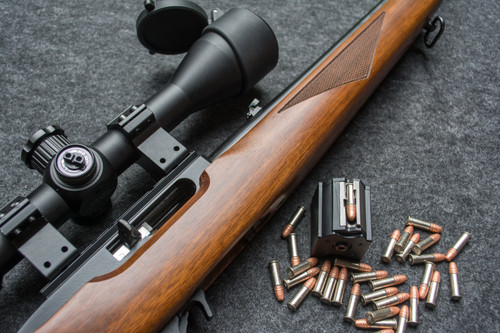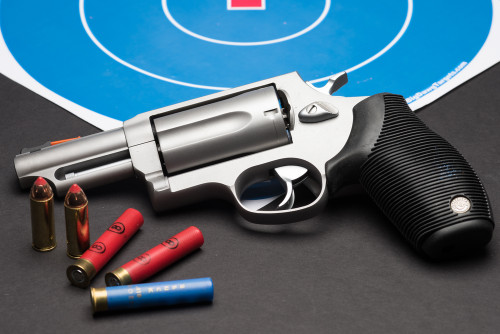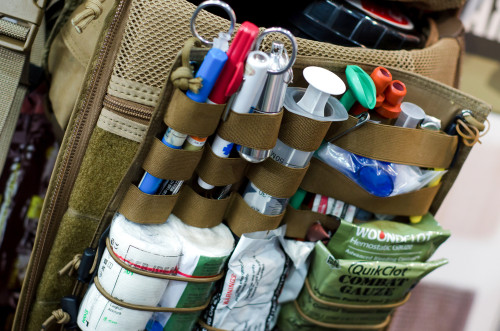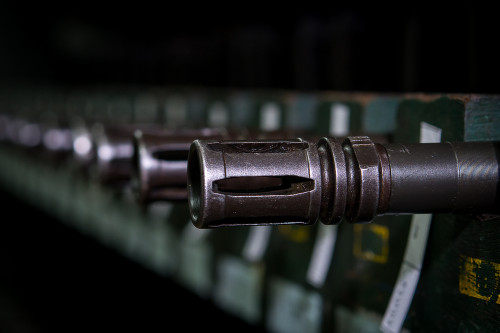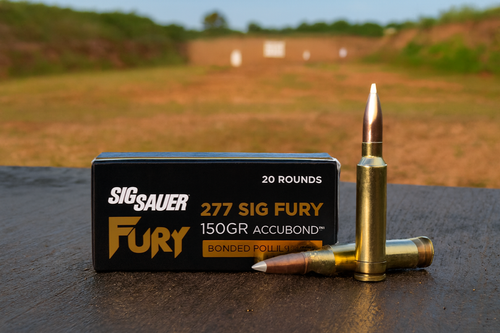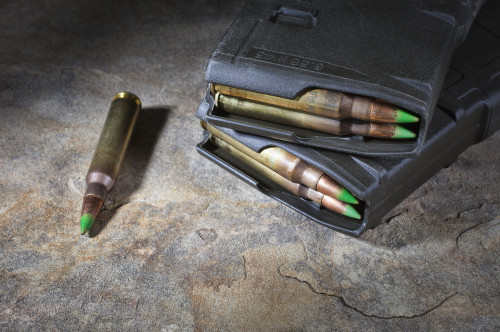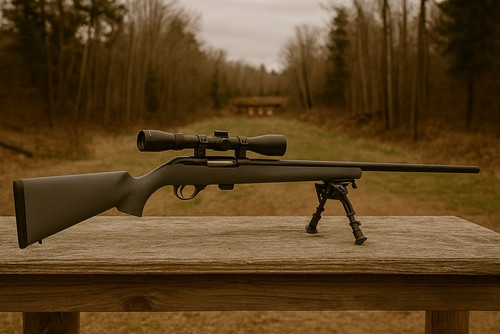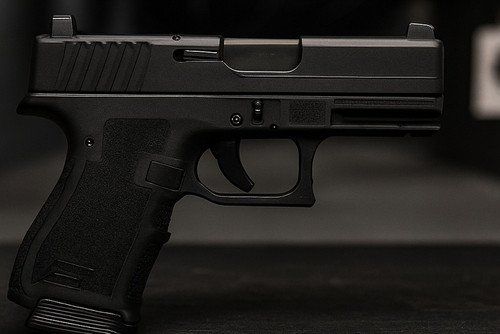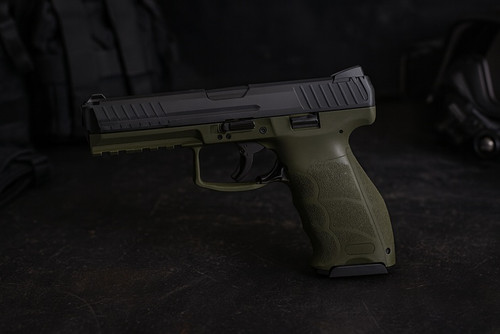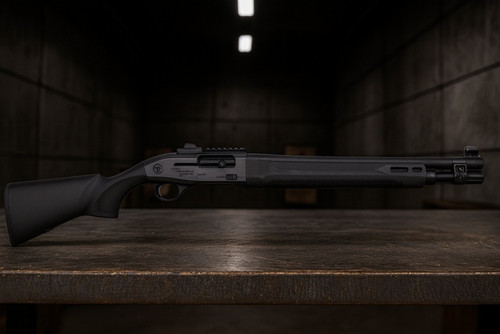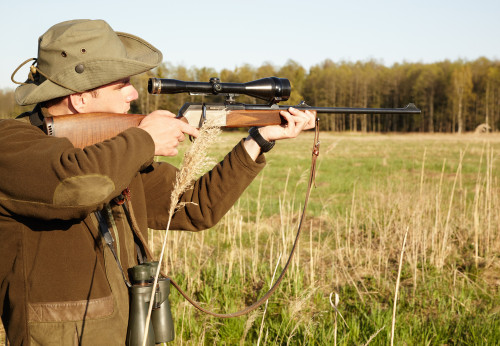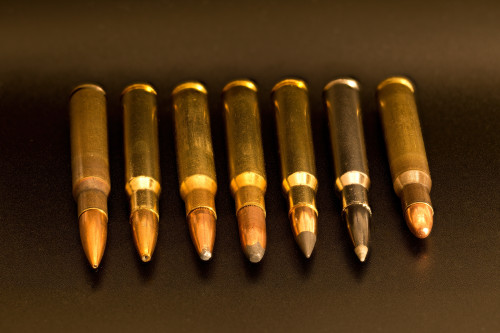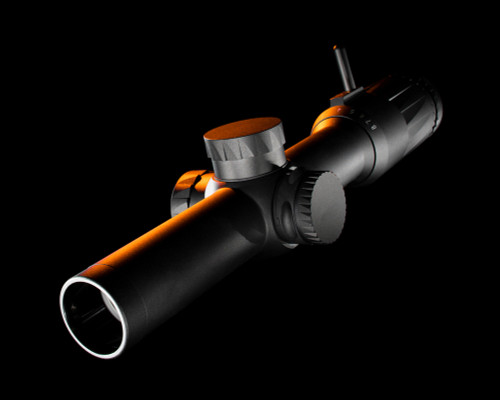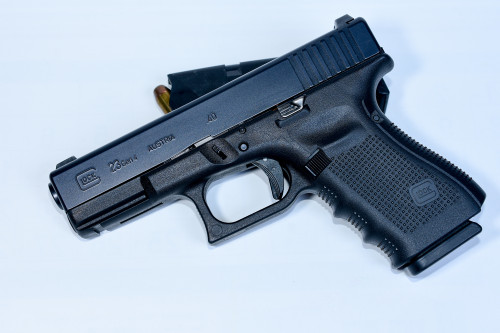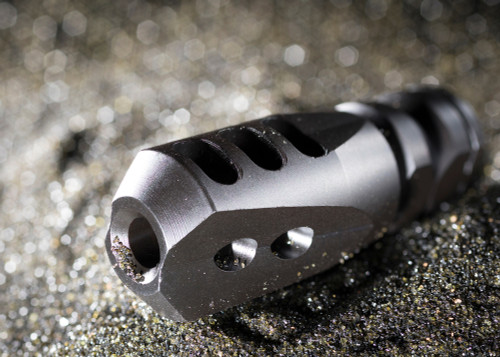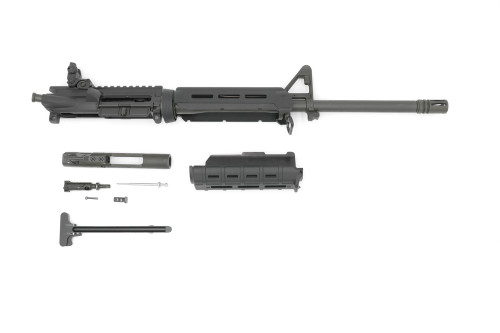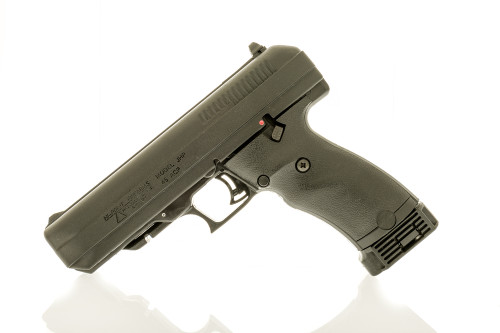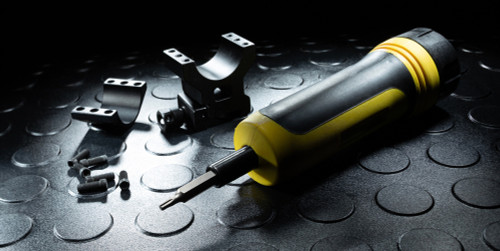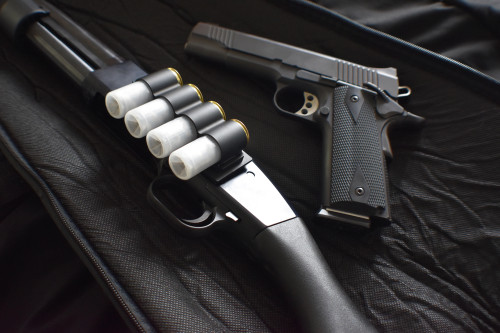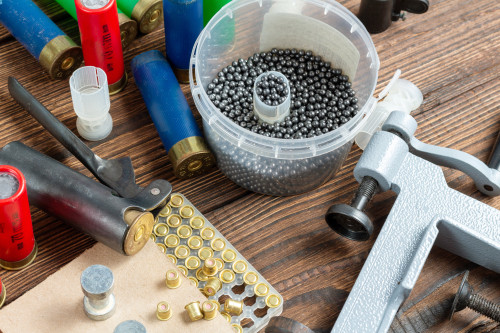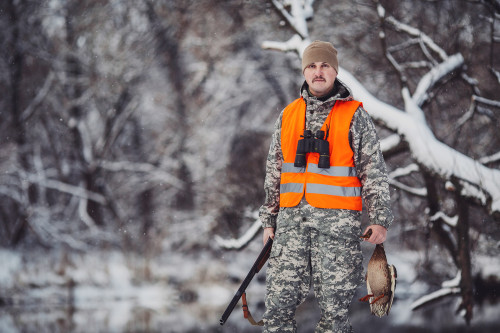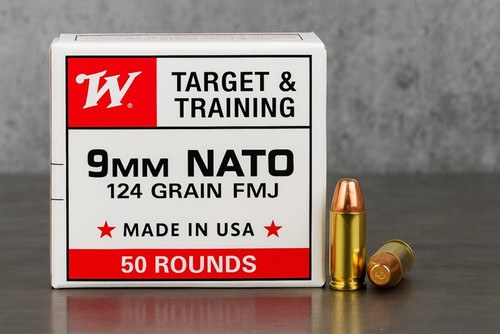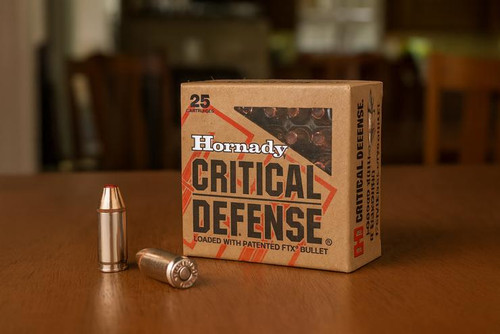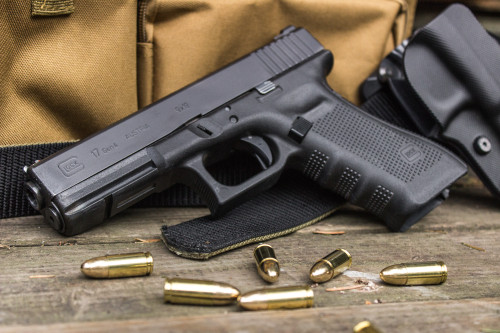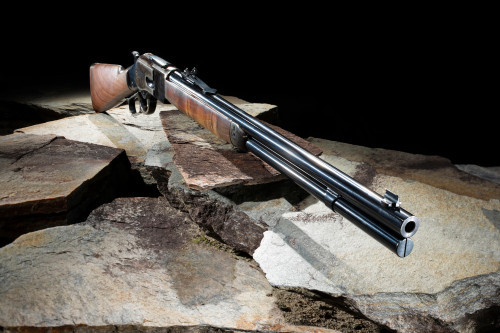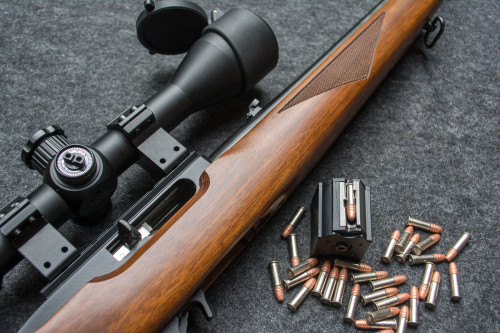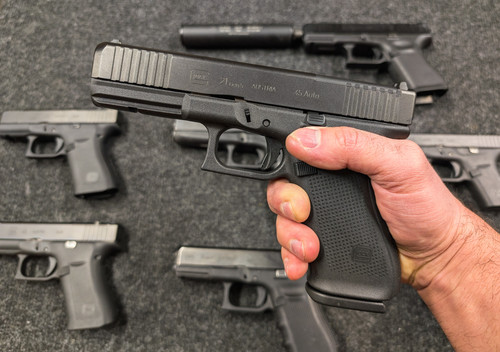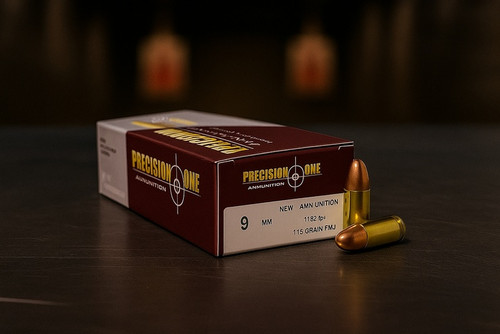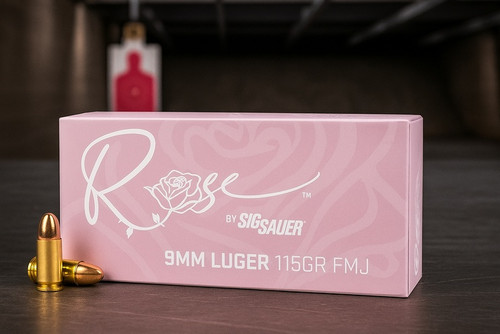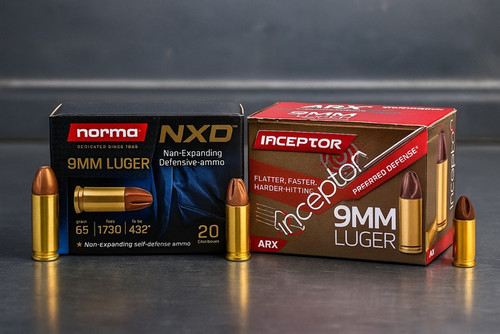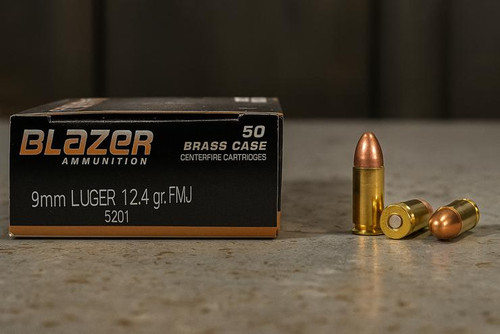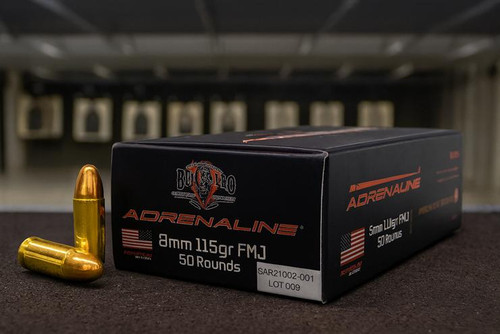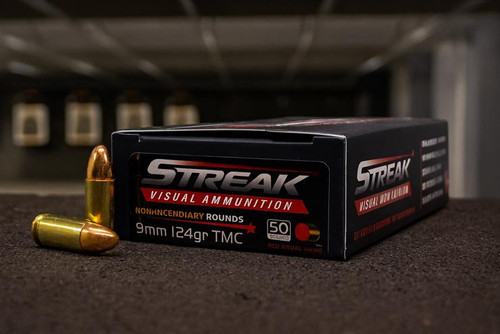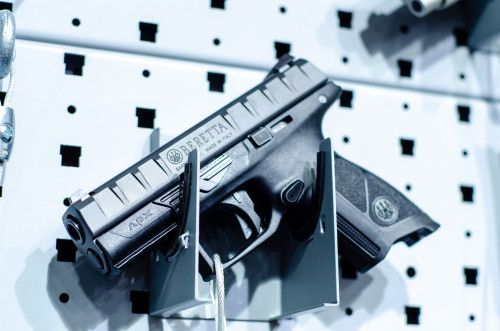“What is the difference between the .308 Winchester and 7.62 x 51mm NATO cartridge?” This is one of the most frequently asked questions among AR-15 and AR-10 owners.
Both the .308 Winchester and 7.62 x 51mm were developed from the same experimental cartridge. However, Winchester introduced the .308 to the civilian market as a hunting cartridge just two years before the U.S. Military officially adopted the 7.62 x 51mm NATO for military use. This is the main reason for their differences. In basic terms, the .308 Winchester can be thought of as the civilian version of the 7.62 x 51mm NATO.
While both cartridges appear to be identical upon casual inspection, they each have minor differences in size, dimensions, chamber pressures, and head space that make them unique. Let’s take a more detailed look at the history, dimensions, and ballistic performance differences between the .308 and the 7.62 x 51mm.
History of the .308 Winchester and 7.62 NATO Cartridges
Both the .308 and the 7.62 x 51mm were developed from the same experimental cartridge: the .30-06 Springfield. Because of this, they share much of the same history.
It all begins with the development of the .30-06 Springfield cartridge by the U.S. Army in 1906. The .30-06 was built for use in their M1903 Springfield bolt action rifles. However, as the U.S. military transitioned to semi-automatic rifles prior to World War II, the .30-06 Springfield cartridge seemed to be ill-suited for use in semi-automatic actions due to its overall cartridge length.
However, the development of the M1 Garand semi-automatic rifle proved otherwise. The combination of this rifle and cartridge provided U.S. soldiers a distinct advantage over their opponents who were still using bolt action rifles. The M1 Garand and the .30-06 Springfield served the U.S. military through several conflicts until it was replaced by the M14 rifle and the 7.62 x 51mm NATO cartridge in 1957.
But although the M1 Garand was superior to the M14, many soldiers disliked the limited 8 round capacity and the use of stripper clips to change the internal magazine. To solve this problem, the Frankford Arsenal began experimenting with the M1 rifle and the .30-06 Springfield cartridge throughout the 1940s and 1950s to create a better solution. This eventually led to the development of the T65 experimental cartridge. While they were originally working with the .300 Savage case, the final result was a modification of the .30-06 Springfield case with slightly less taper than the .300 Savage. Even so, the .30-06 Springfield case provided slightly less powder capacity than the .300 Savage because Frankford’s .30-06 Springfield cases had slightly thicker walls.
Later versions of the T65 case were slightly lengthened in order to increase their powder capacity which, in turn, provided ballistic performance similar to that of the .30-06 Springfield. Evolutions in propellants eventually enabled manufacturers to achieve similar ballistic performance from a significantly shorter case with less powder capacity than the .30-06 Springfield.
The final cartridge designated as the T65E5 would be officially adopted by the U.S. military and other nations of the NATO alliance in 1954 as the 7.61 x 51mm NATO cartridge (a.k.a. Link, Cartridge, Metallic Belt, 7.62mm, M13).
While the .30-06 Springfield cartridge was exceptionally popular among hunters and target shooters during the 1940s and 50s, it required a long action. Seeing an opportunity in the civilian market for the T65 cartridge (which could accommodate a shorter action), Winchester introduced a civilian version of the T65E5 in 1952 named the .308 Winchester cartridge. The round was immediately embraced by both hunters and target shooters alike. Since then, the .308 Winchester has become the single most popular short action, big game, and hunting cartridge in the entire world.
Dimensional Differences
At first glance, the .308 Winchester and the 7.62 x 51mm NATO cartridges appear to be identical. Both are rimless bottleneck rifle cartridges with the same case length and overall cartridge length. They also have the same bullet diameter and the same 40 degree shoulder angle. However, there are some significant differences between their case dimensions and maximum chamber pressures.
For starters, .308 Winchester has a slightly larger base diameter than the 7.62 x 51mm NATO. It also has a slightly larger rim thickness, as well as a smaller shoulder diameter and a significantly smaller neck diameter.
Here’s a full comparison of specs:
| .308 Winchester Specifications | 7.62 x 51mm NATO Specifications |
|---|---|
| Parent Case: .300 Savage | Parent Case: T65 experimental |
| Case Type: Rimless, bottleneck | Case Type: Rimless, bottleneck |
| Bullet Diameter: .308 inches | Bullet Diameter: .308 inches |
| Base Diameter: 0.4709 inches | Base Diameter: 0.4700 inches |
| Shoulder Diameter: 0.4539 inches | Shoulder Diameter: 0.4540 inches |
| Neck Diameter: 0.3433 inches | Neck Diameter: 0.3450 inches |
| Rim Thickness: 0.0539 inches | Rim Thickness: 0.0500 inches |
| Case Length: 2.015 inches | Case Length: 2.015 inches |
| Overall Length: 2.8 inches | Overall Length: 2.8 inches |
| Maximum SAAMI Pressure: 62,000 psi | Maximum NATO Pressure: 60,191 psi |
Chamber Compatibility
What’s more, the .308 Winchester has a somewhat higher maximum chamber pressure than the 7.62 x 51mm NATO cartridge. While .308 rounds will chamber in rifles chambered for 7.62 x 51mm NATO (and vice versa), the difference in maximum chamber pressures makes firing .308 Winchester cartridges in a rifle chambered for 7.62 x 51mm NATO unsafe.
While it may work a handful of times with no visible damage, the .308 is a higher pressure round than the 7.62 x 51mm NATO. A 7.62 x 51mm chamber is not designed to handle continuous high pressure like that. Over time, firing the .308 through a 7.62 x 51mm chamber will crack the chamber and eventually cause a major failure. In layman's terms, the gun will blow up in your hand.
Performance Differences
You might expect the .308 Winchester's higher maximum chamber pressure to create a significantly higher muzzle velocity. However, that’s not the case. Because both rounds have such a similar maximum chamber pressure, there is actually very little difference in their muzzle velocities when firing bullets of a similar shape and weight. Nonetheless, the .308 Winchester has a slight advantage in muzzle velocity over the 7.62 x 51mm NATO.
Overall, both cartridges offer ballistic performance similar to that of the .30-06 Springfield. Therefore, both rounds provide enough penetration and muzzle energy to humanely harvest even large game, ranging from whitetail deer and mule deer to elk and moose.
Here’s a comparison in terms of ballistic performance:
| .308 Winchester Ballistic Performance | 7.62 x 51mm NATO Ballistic Performance | ||||
|---|---|---|---|---|---|
| Bullet Weight | Velocity | Muz. Energy | Bullet Weight | Velocity | Muz. Energy |
| 125 gr. Spitzer | 3,100 fps | 2,668 ft./lbs. | 147 gr. M80 FMJ | 2,800 fps | 2,559 ft./lbs. |
| 150 gr. Nosler Tip | 2,820 fps | 2,648 ft./lbs. | 175 gr. M118 long | 2,600 fps | 2,627 ft./lbs. |
| 168 gr. BTHP | 2,650 fps | 2,619 ft./lbs. | |||
| 175 gr. BTHP | 2,645 fps | 2,718 ft./lbs. | |||
| 185 gr. Lapua | 2,510 fps | 2,588 ft./lbs. | |||
It should also be noted that military surplus 7.62 x 51mm NATO cartridges are not well suited for use as hunting rounds. Since the Geneva Convention limits military small arms rounds to using full metal jacketed projectiles, using military surplus 7.62 x 51 won’t meet the requirement held by many states that hunters only use hollow point ammunition.
.308 Hunting Cartridge Performance
On the other hand, .308 Winchester cartridges loaded with jacketed soft point or ballistic tip spitzer bullets are perfectly suited for the job, such as:
- International Cartridge Company Green Elite Round Point - 125 grain round point frangible, solid copper bullets
- ICC Green Elite High Velocity - 125 grain round point frangible, solid copper bullets
- Norma Whitetail - 150 grain jacketed, soft point bullets
- Winchester Deer Season XP - 150 grain ballistic tip, extreme point bullets
- Winchester Super-X - 180 grain, power point bullets
- Federal Fusion - 180 grain, bonded, soft point bullets
These rounds are all excellent choices for hunting medium to large game species, and they can all be purchased from Pro Armory. Here’s how some of these rounds stack up in terms of performance:
| .308 Winchester Ballistic Performance | |||
|---|---|---|---|
| Brand | Bullet Weight | Muzzle Velocity | Muzzle Energy |
| ICC Green Elite RP | 125 gr. | 2,675 fps. | 1,986 ft./lbs. |
| ICC Green Elite HV | 125 gr. | 2,875 fps. | 2,229 ft./lbs. |
| Norma Whitetail | 150 gr. | 2,789 fps. | 2,590 ft./lbs. |
| Winchester Deer Season XP | 150 gr. | 2,820 fps. | 2,648 ft./lbs. |
| Winchester Super-X | 180 gr. | 2,620 fps. | 2,743 ft./lbs. |
| Federal Fusion | 180 gr. | 2,600 fps. | 2,702 ft./lbs. |
Final Thoughts
Both the .308 Winchester and the 7.62 x 51mm cartridges offer exceptional ballistic performance equal to that of the venerable .30-06 Springfield. However, they can also be chambered using a short action rather than a long action, making them more advantageous to some shooters. It’s no wonder these rounds have become popular and highly respected among hunters and soldiers alike.
The decision between firing the .308 Winchester and the 7.62x51 NATO cartridge ultimately comes down to your shooting goals. If you are a civilian shooter or a hunter, the .308 Winchester is likely your best choice, while the 7.62 x 51mm NATO is best suited for military and law enforcement purposes (and likely home defense).
Whether you're looking to purchase ammunition for hunting or tactical purposes, Pro Armory has a selection of high-quality .308 Winchester and 7.62x51 NATO rounds available. Our experienced team can help you find the perfect ammunition to suit your needs, and our competitive prices and low shipping costs ensure you get the best value for your money.
Don't settle for subpar ammunition or customer service — shop with Pro Armory today.





